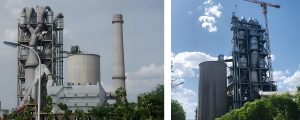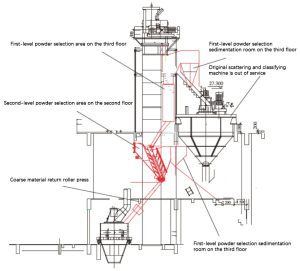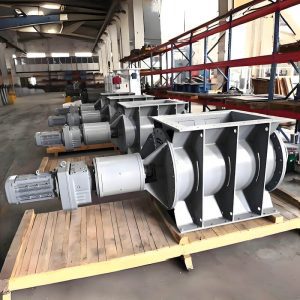Vertical roller mills (VRMs) have become essential equipment in the cement industry. They are widely used for drying and grinding processes. These machines grind cement raw materials, coal, clinker, and other industrial materials, such as steel slag and ceramics.

The Significance of Vertical Roller Mills
Vertical roller mills offer unique advantages in their operation, grinding mechanisms, mechanical structures, and process performance. As a result, they attract more attention in the global cement industry. With the introduction of kiln outside decomposition technology, many countries now use VRMs to grind cement raw materials and clinker. Here are the key advantages of vertical roller mills compared to traditional cement ball mills:
1. High Energy Efficiency
Vertical roller mills reduce energy consumption significantly. They typically use 20% to 30% less energy than ball mills. This efficiency makes them a more sustainable choice for cement production.
2. Compact Footprint
Vertical roller mills require less floor space. Their compact layout integrates the classifier within the mill, eliminating the need for separate classifiers and elevators. This design can reduce building area by 30% for the same production capacity.
3. Strong Drying Capacity
Vertical roller mills effectively dry materials with a moisture content of 12% to 15%. They achieve this by using hot gas for material transport. This capability allows producers to eliminate the need for a separate drying system and further optimize production processes.
4. Long Lifespan of Wear Parts
The design of vertical roller mills minimizes direct metal contact. This reduces wear and increases operational rates. As a result, the lifespan of critical wear components extends, lowering maintenance costs.
5. Large Feed Size
Vertical roller mills handle larger feed sizes, typically between 80 to 120 mm. Some large-scale mills can accommodate up to 200 mm. This feature enhances crushing capacity and simplifies the overall process compared to ball mills, which usually require smaller feed sizes.
6. Lower Noise Levels
Vertical roller mills operate at noise levels about 10 dB lower than ball mills. This reduction improves the working environment. Additionally, they make it easier to monitor and control product fineness and composition. Maintenance is also simpler.
Layout Options
Vertical roller mills usually offer two layout options based on the positioning of the humidification tower and dust collector: a three-fan system and a dual-fan system. They use a cyclone dust collector for product collection, which reduces the system's negative pressure and the volume of gas passing through the dust collector. The exhaust gas can directly enter the dust collector, which may be an electrostatic precipitator or a bag filter. This setup reduces the number of equipment units and simplifies the overall layout.
Common Issues
Wear of Grinding Rollers
During operation, the grinding rollers and wear plates face various forces, such as roller pressure and material friction. When wear increases the gaps in the fit, it can lead to severe impacts, causing cracks or breakage. This damage affects equipment performance. Traditional repair methods often fail and take too much time. Therefore, many developed countries, including the U.S. and Europe, use high-performance composite materials for on-site repairs. This approach effectively extends equipment lifespan, improves productivity, and minimizes downtime.
Bearing Chamber Wear
The assembly of bearings in vertical roller mills is strict. Typically, operators cool the bearings to low temperatures for precise assembly. If gaps appear between the bearings and their chambers, it can cause overheating and even seizure. Traditional repair methods, such as welding and coating, risk damaging the bearing material due to thermal stress. High polymer composite materials, like those from our brand Darko, offer the necessary strength and flexibility. They absorb external impacts effectively, preventing further wear from gap enlargement.
Conclusion
Vertical roller mills play a crucial role in modern cement production. Their efficiency, energy savings, and compact design make them increasingly popular. If you have any questions or needs regarding vertical roller mills, please feel free to contact us. Our team at Darko is here to help you with advanced solutions for your cement production challenges.





